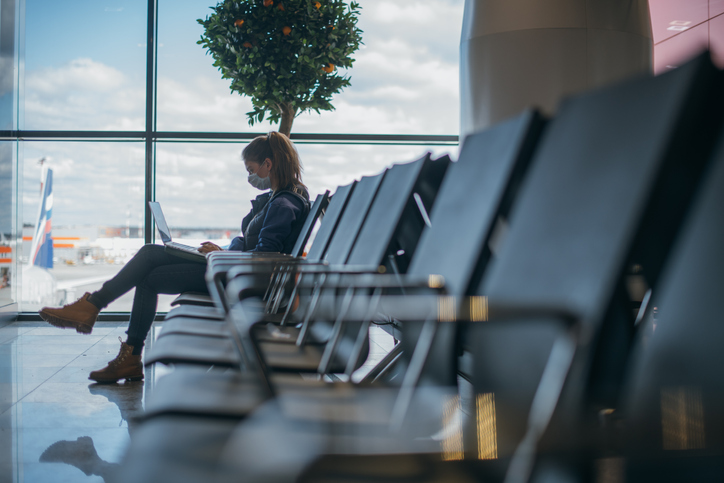Article
The modern digital office: new trends and working patterns
14 Sept, 20215mins
The pandemic has changed how we work. After the vaccine roll-out, employers and employees are having conversations about what a potential return to the office will look like. Demand for alternative working patterns has soared. So, what are these new trends, and what do they mean for office life?
Digital nomads
The pandemic has created a huge surge in the number of ‘digital nomads’ — employees who travel the world while working remotely. According to Techmonitor, the number of digital nomads doubled in 2020. Of course, many companies have concerns about whether productivity can be maintained for those seeking a digital nomad lifestyle. While it may be a culture clash too far for some, especially companies that rely heavily on in-person collaboration, we have seen how remote working can work over the past year. In fact, a research study conducted by Stanford Business found that remote workers were 13% more productive than their in-office counterparts. In addition, MBO Partners found that 90% of digital nomads reported being highly satisfied at work. Perhaps it is possible that embracing digital nomads could lead to happier and more productive employees.
Workcations
In a related trend, holiday hotspots such as Spain and Portugal have reported a surge in ‘workcations’ during the late summer months. Employees are eager to combine remote work with holiday locations, taking advantage of shared working spaces abroad to maintain productivity while away. Many workers have found their ‘workcations’ to benefit their mental health significantly. Given the rise of employee burnout, workcations could be the ideal solution.
Hybrid workers
Of course, many people want to return to the office, particularly the younger generation, who often lack a suitable home-working space. However, the majority of employees want to keep some form of remote working — 72%, according to a recent study, and the majority wanted to do so for two days a week on average. Before the pandemic, people spent an average of 55 minutes commuting daily. They also reported the morning commute as when they experienced the most negative emotion during the day — not a great way to maintain that positive work attitude. Adopting a hybrid office could give employees the best of both worlds — access to senior team members, collaborative meetings, and contact time with team members, all while having the balance of home working.
Advantages of the digital office
The core advantage of embracing new digital office trends and working patterns are making employees happier and more productive. However, there is another benefit, particularly for the technology industry, where qualified individuals are in short supply. According to MBO Partners, 12% of digital nomads work in IT (higher than any other profession). They were also more likely to be early technology adopters and report using technology to increase their competitive edge compared to non-nomad individuals. Therefore, embracing alternative working styles widens the potential talent pool. The tech company, Gravity Payments, reported a surge of applications since making their job adverts available to remote workers. Therefore, staff turnover could be reduced by keeping current employees happy, and the digital office could attract new recruits, helping to plug the skills gap in the technology industry.
How to support employee needs
Digital workers need digital infrastructure — efficient cloud services that let employees access their work from anywhere, virtual desktops so that nobody leaves work on their home system, improved user experience to enhance the digital environment and IoT devices to streamline workflow. In addition, changes to the physical office can help ensure employees gain something from making the trip in. Given that the emphasis will be on socialising with co-workers, invest in social spaces that facilitate this. There will be a greater need for meeting rooms so that hybrid in-person/zoom meetings do not disturb others. It would also be helpful if these rooms were equipped with lightning-fast internet, power sockets for multiple laptops and high-quality webcam equipment. Finally, having systems that allow employees to see whether people are in the office or at home will be essential.
If you are looking for your next role, contact McGregor Boyall today and find out how our expert recruiters can help you.


